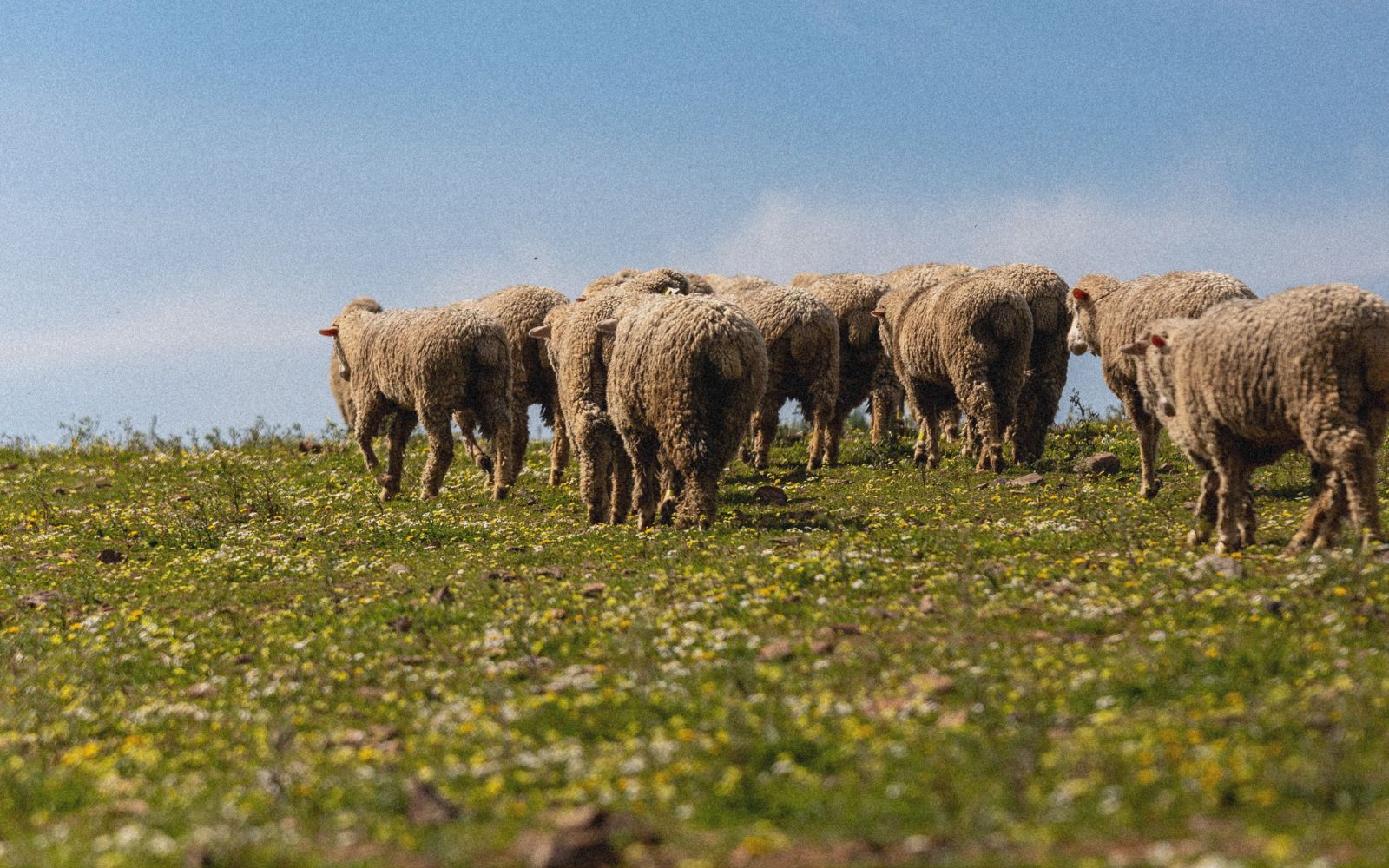
What is it?
[ REGENERATIVE GRAZING ]
Regenerative grazing represents a flock management method that aims to enrich soil quality and increase biodiversity in grazing areas. This approach maintains that livestock, when managed appropriately, can actively contribute to the regeneration of ecosystems.
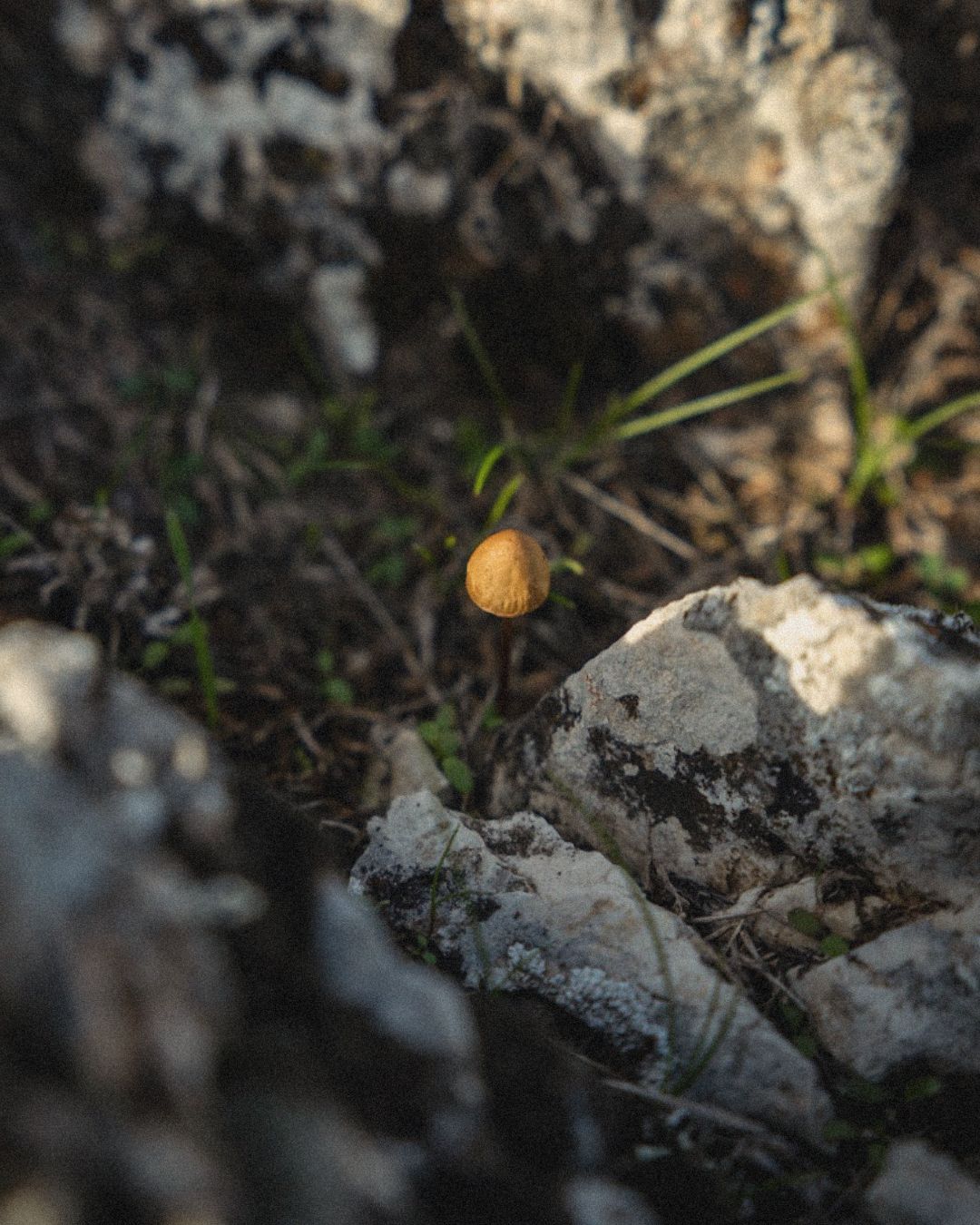
Combat Desertification
By strategically rotating livestock and avoiding overexploitation of grasslands, soil erosion is reduced and an environment conducive to the natural regeneration of vegetation is created.
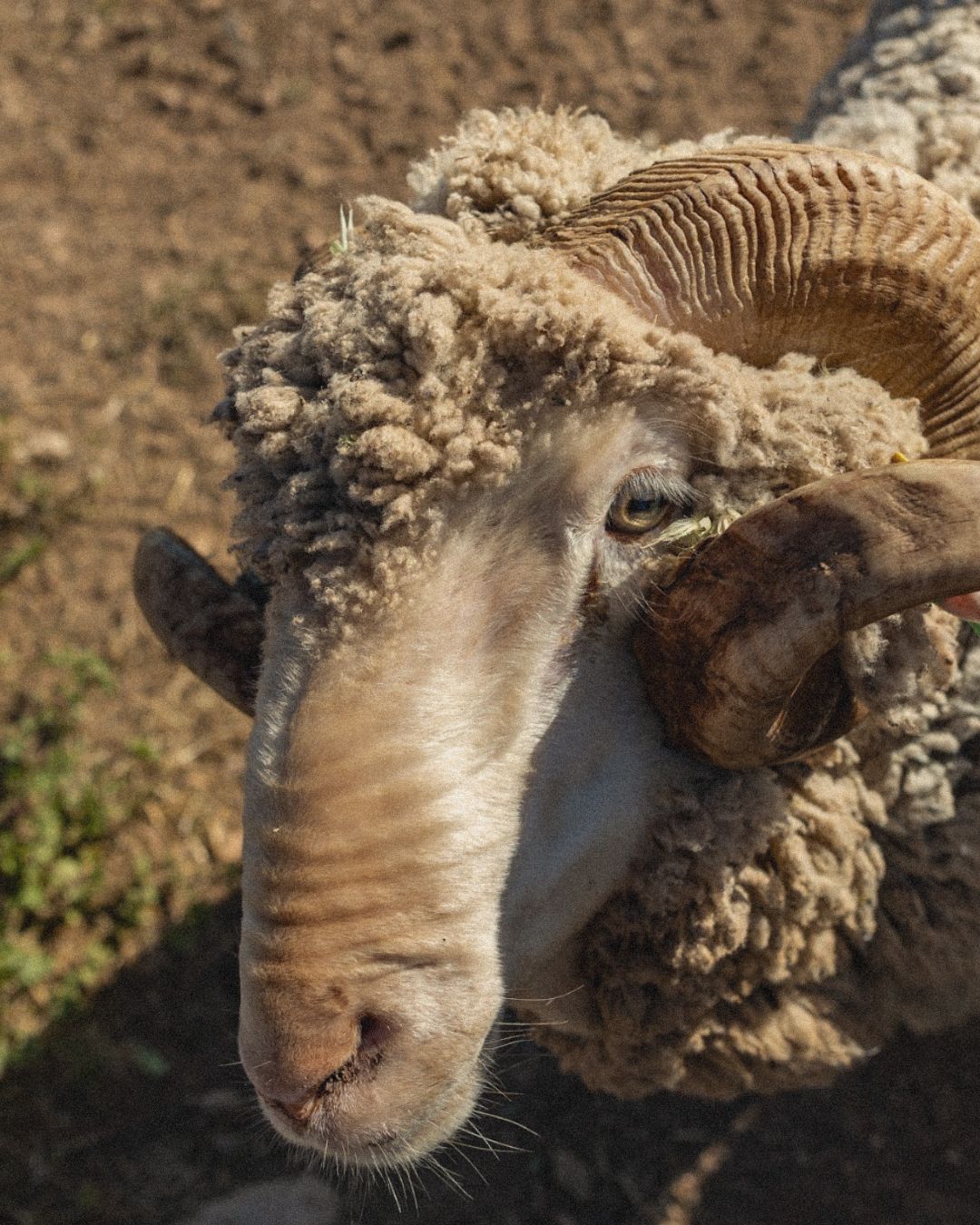
The sheep: A fundamental part
The strategic rotation of sheep flocks prevents overexploitation of pastures and reduces soil compaction, which benefits both vegetation and other animal species.
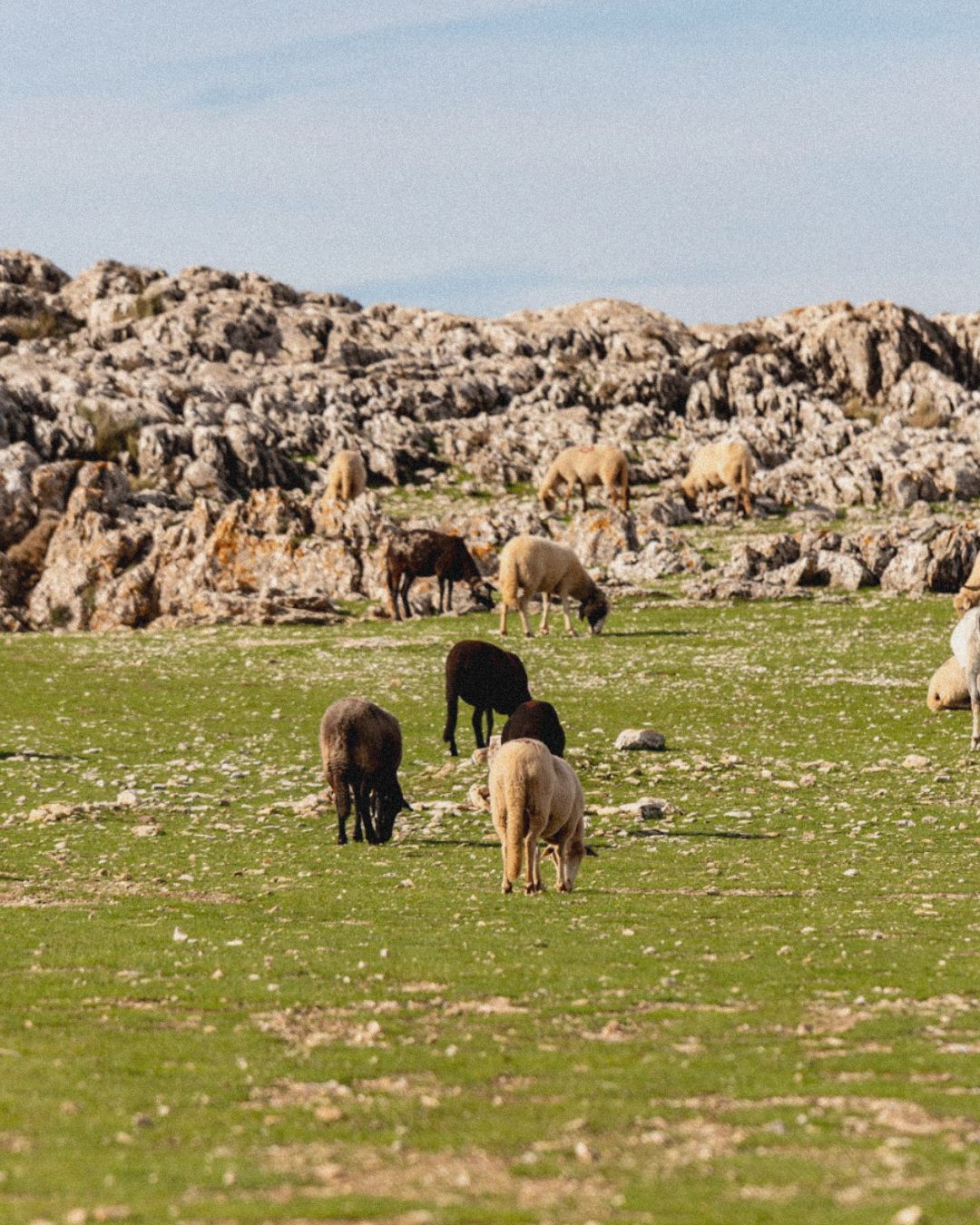
Fertile soils
The soil's ability to retain water and nutrients is improved, creating an environment conducive to the growth of healthier crops and grasslands. Additionally, by creating a cover on the soil, they protect the soil from rapid water evaporation and subsequent erosion, increasing organic matter and promoting beneficial microbial activity.
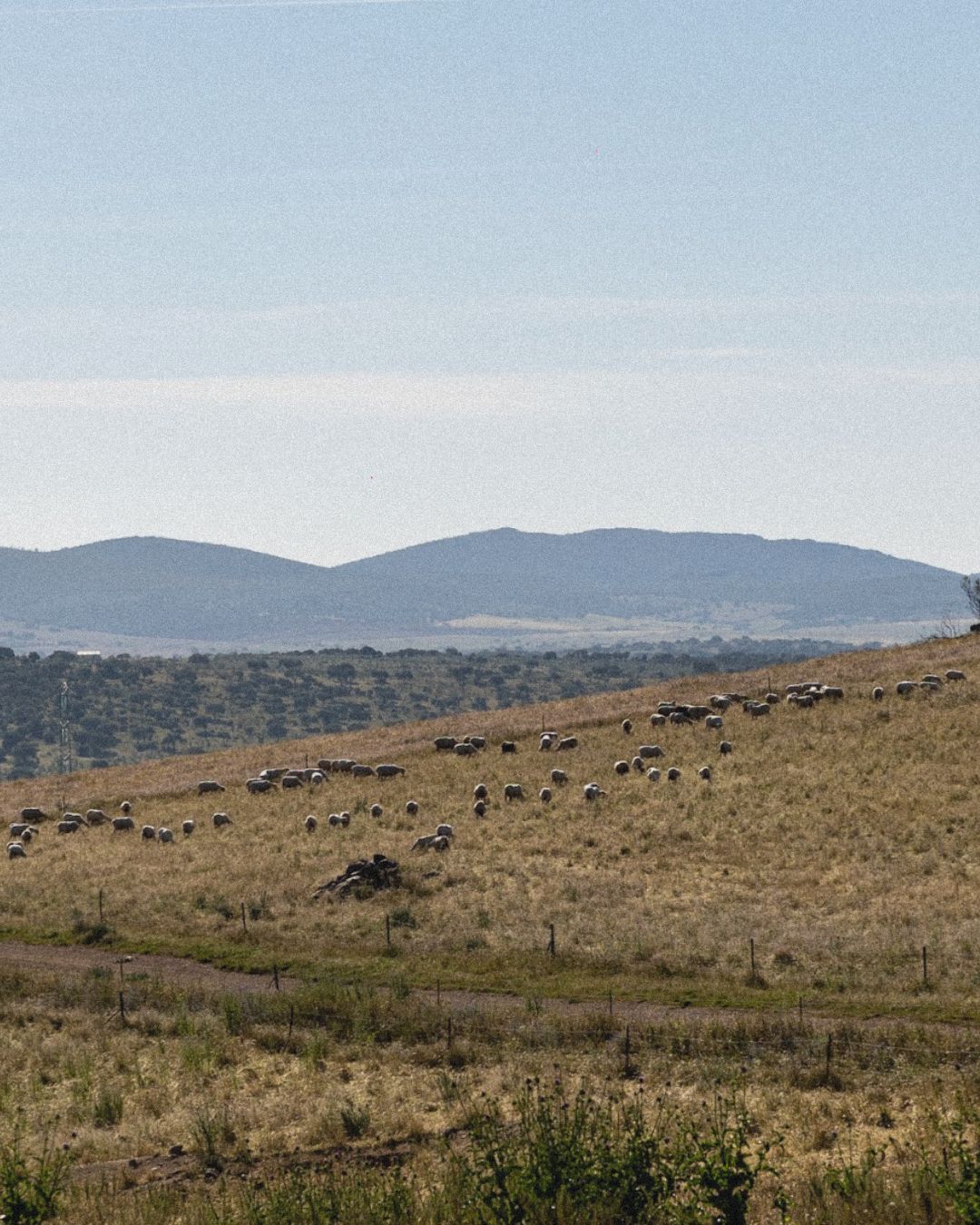
Restores biodiversity
Regenerative grazing increases plant diversity and habitat availability for wildlife. Helping to conserve native species to create a more resilient environment that can better withstand the impacts of climate change.

Carbon Sequestration
Allowing grasslands to regenerate naturally creates an environment conducive to the absorption and storage of carbon in soil biomass. Thus mitigating climate change by reducing the amount of carbon dioxide in the atmosphere and improving air quality.
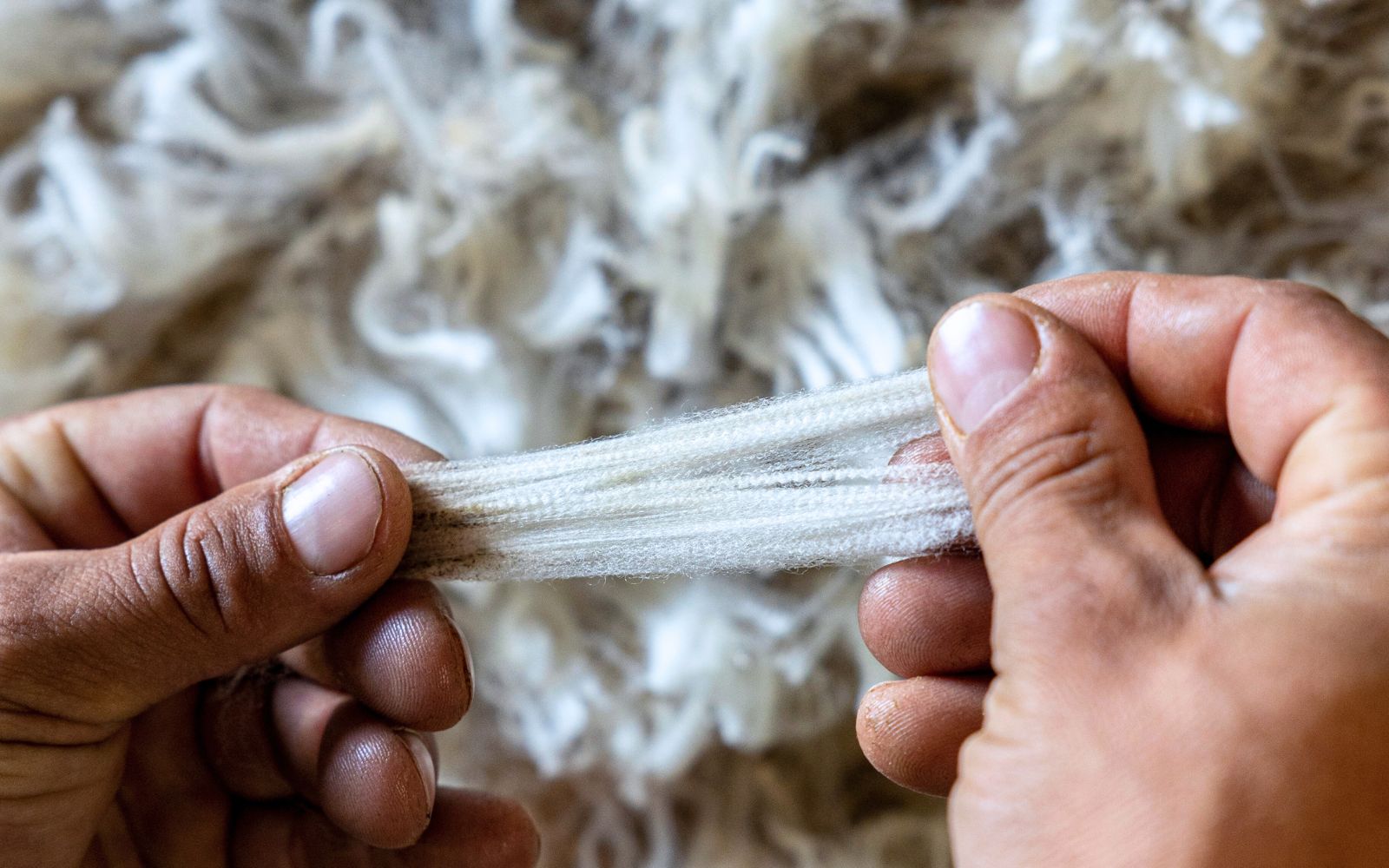
Circular economy
By promoting sustainable agricultural practices, economic opportunities are created for local farmers and herders. Eliminating costs such as feed for animals and generating greater income through the sale of higher quality agricultural and livestock products.

Combat Desertification
By strategically rotating livestock and avoiding overexploitation of grasslands, soil erosion is reduced and an environment conducive to the natural regeneration of vegetation is created.

Restores biodiversity
Regenerative grazing increases plant diversity and habitat availability for wildlife. Helping to conserve native species to create a more resilient environment that can better withstand the impacts of climate change.

The sheep: A fundamental part
The strategic rotation of sheep flocks prevents overexploitation of pastures and reduces soil compaction, which benefits both vegetation and other animal species.

Carbon Sequestration
Allowing grasslands to regenerate naturally creates an environment conducive to the absorption and storage of carbon in soil biomass. Thus mitigating climate change by reducing the amount of carbon dioxide in the atmosphere and improving air quality.

Fertile soils
The soil's ability to retain water and nutrients is improved, creating an environment conducive to the growth of healthier crops and grasslands. Additionally, by creating a cover on the soil, they protect the soil from rapid water evaporation and subsequent erosion, increasing organic matter and promoting beneficial microbial activity.

Circular economy
By promoting sustainable agricultural practices, economic opportunities are created for local farmers and herders. Eliminating costs such as feed for animals and generating greater income through the sale of higher quality agricultural and livestock products.
We regenerate
At Wool4life we work with regenerative flocks and farms. This system has proven to be one of the most efficient for soil improvement and carbon sequestration. We promote practices that are ecologically sound and economically viable with the aim of creating purely sustainable products.